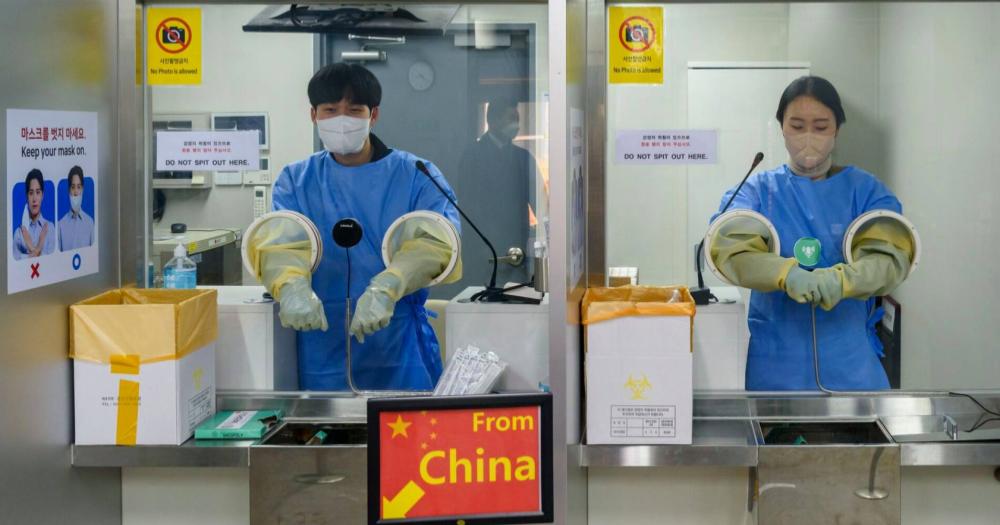Story by Ed Cara •
Viruses are apparently no exception to the dog-eat-dog world that is nature. In a recent study, scientists have found evidence that some microscopic organisms actively feed on viruses. Though this may be the first “virovore” ever documented, many others likely exist, the team says.

In the simplest of terms, viruses are incredibly tiny packages of genetic material. Though they carry out many biological functions, such as replicating themselves, they need to infect and take over the machinery of cells belonging to other organisms in order to do so—a parasitic state of being that has led to fierce and ongoing debate over whether viruses should be considered living things. Regardless of their exact definition, viruses play many vital roles in the life cycle of every other creature in the world, humans included.
Researchers at the University of Nebraska-Lincoln seem to be the first to investigate whether viruses might be on the menu. Their earlier work made them familiar with chloroviruses, viruses abundant in freshwater that infect green algae. They wondered if certain water-dwelling organisms ever relied on viruses as a source of energy
To test their hypothesis, they first collected samples of pond water. Then they moved as many distinct types of microscopic beings into the water as possible. Lastly, they introduced large amounts of chlorovirus into the water and simply waited for a day to see if anything would change.
By the end of their experiments, they identified a species of Halteria—a single-celled protozoan—that appeared to eat the chloroviruses. Not only did populations of the virus dwindle in the presence of the Halteria, but the number of protozoans grew at the same time, indicating that the microbes were using the virus as fuel. The Halteria also didn’t grow when the chloroviruses weren’t around. And when the team used fluorescent green dye to mark the DNA of chloroviruses before they entered the water, they could clearly see the “stomachs” of the Halteria light up afterward, seemingly confirming their viral diet.
Related video: Bacteria-Eating Viruses Kill Hard-To-Stop Infections (Ivanhoe)Duration 1:38 View on Watch
“[Viruses are] made up of really good stuff: nucleic acids, a lot of nitrogen and phosphorous,” lead author John DeLong, an associate professor of biological sciences, said in a statement released by the university. “So many things will eat anything they can get ahold of. Surely something would have learned how to eat these really good raw materials.”
Far from being a simple curiosity, the team’s research could have some important implications. These viruses are already known to play an integral part in their freshwater environments, since they recycle carbon and other nutrients, which effectively prevents the energy provided from these nutrients from reaching other, larger forms of life. But if living things are eating these viruses, which are then eaten by bigger organisms and so on, then some of the nutrients and energy they would normally recycle might instead work their way up the food chain.
“If this is happening at the scale that we think it could be, it should completely change our view on global carbon cycling,” DeLong said.
DeLong and his team say they’ve since identified other microorganisms that appear capable of “virovory” in the lab. But while they suspect that many creatures can feed off viruses, they plan to find out whether this regularly happens in the wild. And from there, it will take more work to know how virovores affect their surrounding environments.

.JPG)









:quality(70)/cloudfront-eu-central-1.images.arcpublishing.com/thenational/Y2R4FZIVGRGJ7GDNKYQBCSLFYU)
:quality(70)/cloudfront-eu-central-1.images.arcpublishing.com/thenational/6BKFI7F7ABSIWUZIECTK6QLQP4.jpg)



